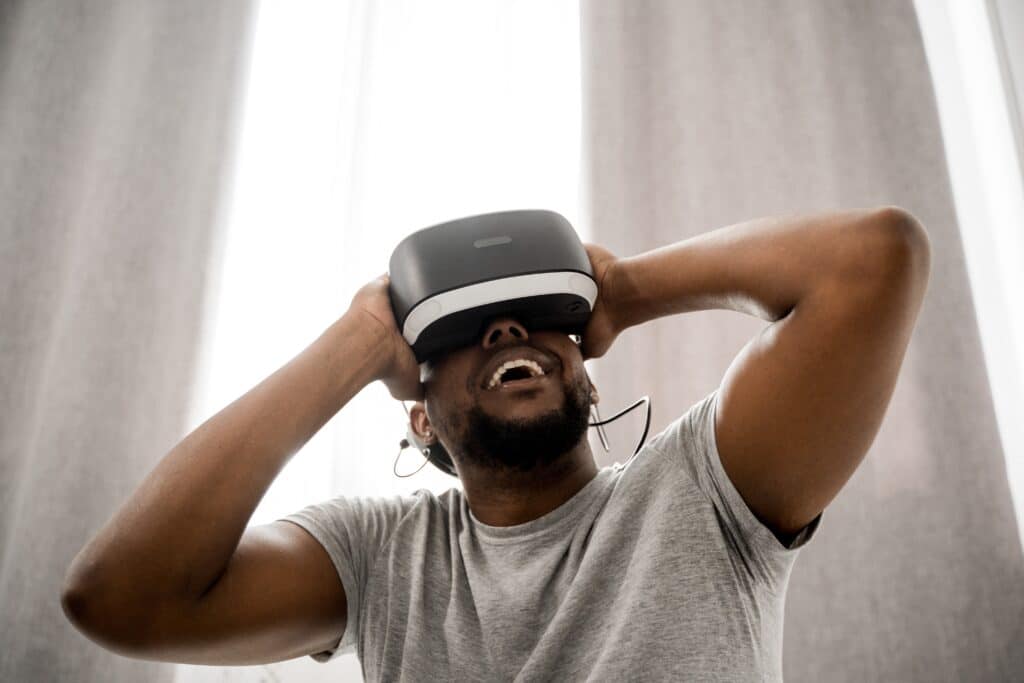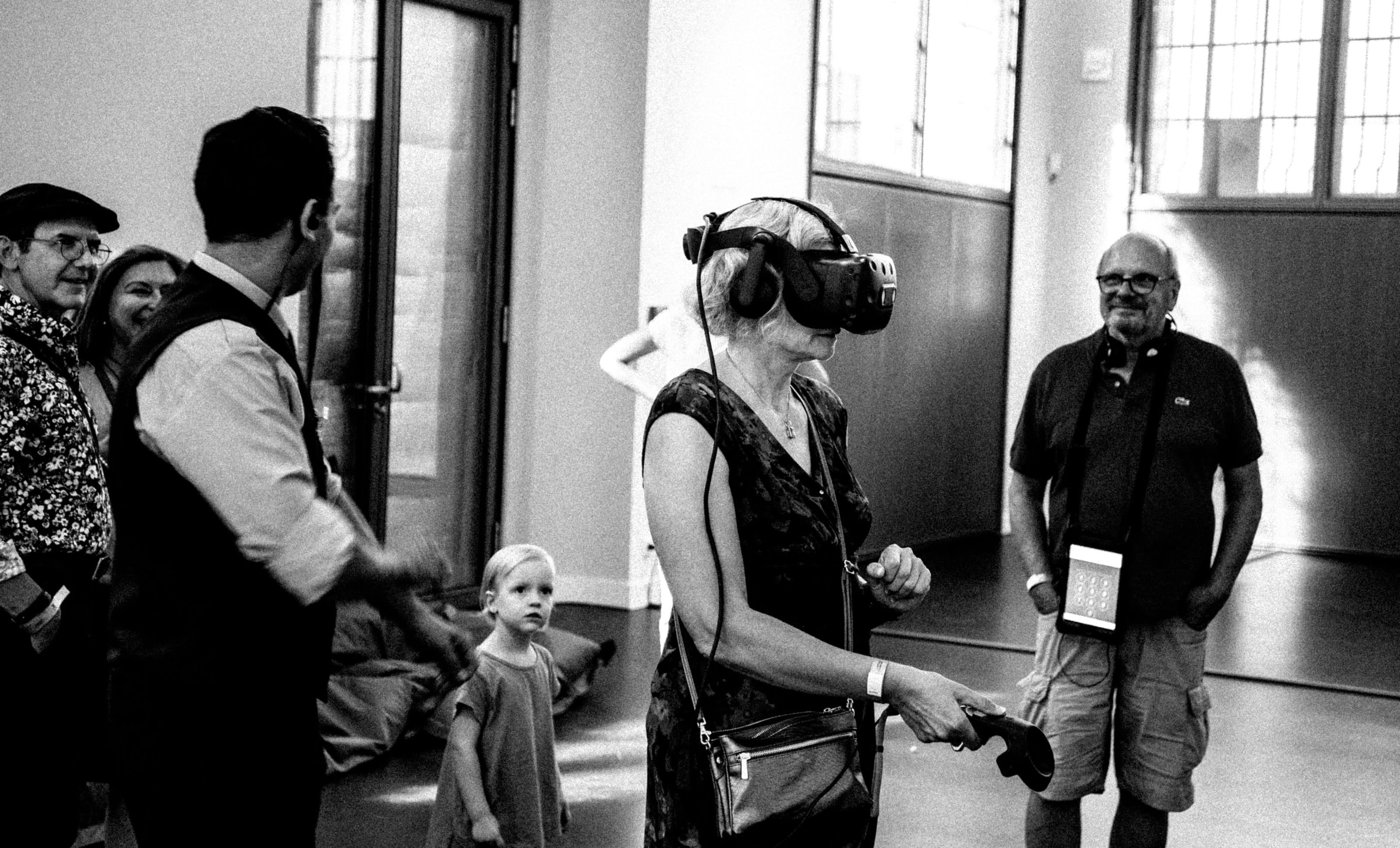
Virtual Reality (VR) and Augmented Reality (AR) have emerged as powerful tools that revolutionise how brands interact with their audiences. In the world of marketing, these immersive technologies are reshaping consumer experiences, transforming traditional campaigns into interactive and engaging journeys. This blog explores the pivotal role of VR and AR in creating immersive brand experiences, their impact on consumer behaviour, and the strategies that brands can adopt to leverage these technologies to their advantage.
Virtual and Augmented Reality are not just technologies; they are portals that bridge the gap between brands and their audiences, creating immersive experiences that leave a lasting impression.
– Unknown
I. Understanding Virtual Reality (VR) and Augmented Reality (AR)
Before delving into their roles in marketing, it is essential to understand the fundamental differences between VR and AR. VR creates a fully digital, computer-generated environment that users can interact with using specialised headsets and controllers. On the other hand, AR overlays digital elements onto the real world, often experienced through smartphones or AR glasses. These technologies offer distinct experiences, but both share the goal of blurring the lines between the physical and digital realms.
II. The Power of Immersive Experiences in Branding
1. Evoking Emotions and Memories: VR and AR allow brands to create experiences that deeply resonate with consumers. By stimulating emotions and triggering memories, immersive experiences forge strong connections between brands and their audiences.
2. Building Brand Authenticity: Immersive experiences provide an opportunity for brands to showcase their core values, missions, and storeys in a captivating manner, reinforcing authenticity and building trust.
3. Increasing Consumer Engagement: Compared to traditional advertising, immersive experiences demand higher levels of engagement. As consumers become active participants, their attention and retention increase, leading to more profound brand interactions.
III. The Impact of VR and AR on Consumer Behaviour
1. Enhanced Product Visualisation: VR enables consumers to virtually experience products before purchase, resulting in increased confidence and reduced returns. For example, AR allows users to see how furniture pieces fit into their homes, reducing uncertainty during the buying process.
2. Personalised Shopping Experiences: AR can create personalised shopping experiences by overlaying tailored product recommendations based on consumer preferences and previous interactions.
3. Immersive Storytelling: VR is a potent tool for storytelling, enabling brands to transport users to different settings and time periods, enhancing brand narratives and emotional connections.
IV. Case Studies: Successful Brand Experiences using VR and AR
1. IKEA’s AR Furniture App: IKEA’s AR app allows users to virtually place furniture in their homes, enabling them to see how products fit in their spaces and enhancing the shopping experience.
2. Red Bull’s VR Extreme Sports Campaign: Red Bull utilised VR to immerse viewers in extreme sports experiences, strengthening their association with adrenaline and adventure.
3. Coca-Cola’s AR Can Activation: Coca-Cola used AR to turn their cans into interactive experiences, engaging customers and fostering a sense of playfulness around their brand.
V. Strategies for Implementing VR and AR in Brand Marketing
1. Understanding the Target Audience: Identifying the target audience’s preferences and pain points is essential for creating meaningful VR and AR experiences that resonate with consumers.
2. Seamlessly Integrating VR and AR into Marketing Campaigns: Brands should focus on seamless integration rather than gimmicky standalone experiences, ensuring that these technologies serve a purpose in the overall marketing strategy.
3. Measuring Success and ROI: Brands must develop metrics to evaluate the success of their VR and AR campaigns, assessing the impact on brand awareness, engagement, and conversions.

Key Take Away
Virtual Reality and Augmented Reality have opened up new possibilities for brands to create immersive experiences that captivate audiences in ways previously unimaginable. By tapping into the emotional power of these technologies, brands can forge lasting connections with consumers, drive engagement, and elevate their marketing efforts to new heights. As technology continues to evolve, embracing VR and AR in marketing will become not only a competitive advantage but also a necessity to thrive in an increasingly immersive world.






